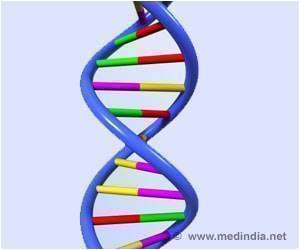
‘Novel device can identify even trace amounts of undesirable biomarkers in our body and gives an early-warning system for diseases. The device could play a significant role in addressing future challenges, particularly in personalized medicine.’
Read More..Tweet it Now
A very powerful sensorRead More..
This pioneering technology is based on metasurfaces - rising stars in the field of photonics. Metasurfaces are sheets of artificial materials covered in millions of nano-sized elements arranged in a special way. At a certain frequency, these elements are able to squeeze light into extremely small volumes, creating ultrasensitive optical 'hotspots'.
When light shines on the metasurface and hits a molecule at one of these hotspots, the molecule is detected immediately. In fact, the molecule gives itself away by changing the wavelength of the light that hits it.
Scanning molecules and taking their picture
By using different colored lights on the metasurface and taking a picture each time with a CMOS camera, the researchers can count the number of molecules in a sample and learn exactly what is happening on the sensor chip.
Advertisement
Taking their work one step further, the researchers developed a second version of their system, where the metasurfaces are programmed to resonate at different wavelengths in different regions.
Advertisement
A game changer in disease detection?
Hatice Altug, who runs the BIOS lab and is leading the project, sees immense potential in the field of optics. "Light possesses many attributes such as intensity, phase, and polarization - and is capable of traversing space. This means that optical sensors could play a major role in addressing future challenges - particularly in personalized medicine."
Source-Eurekalert












